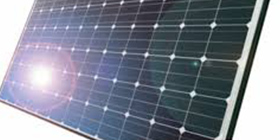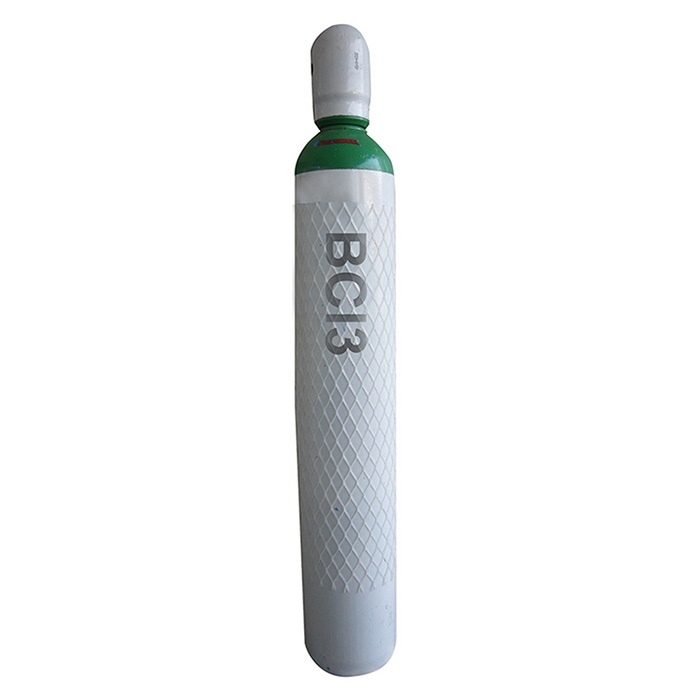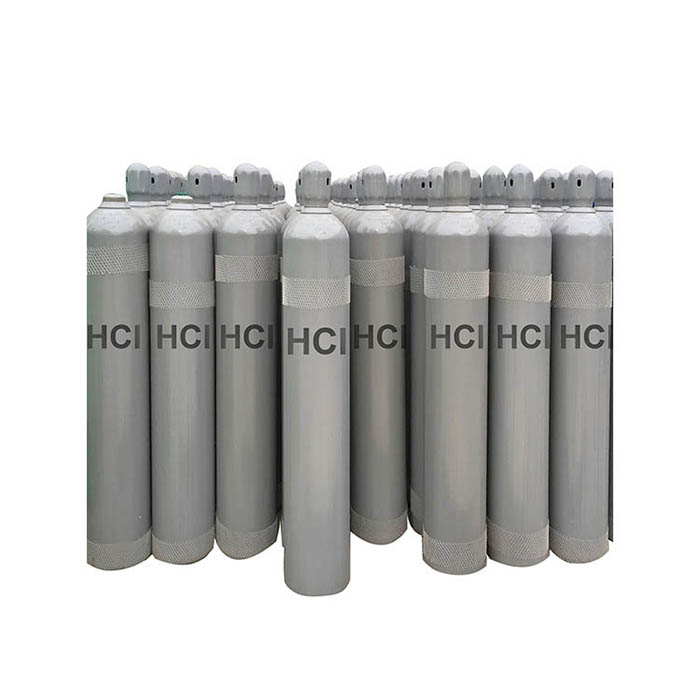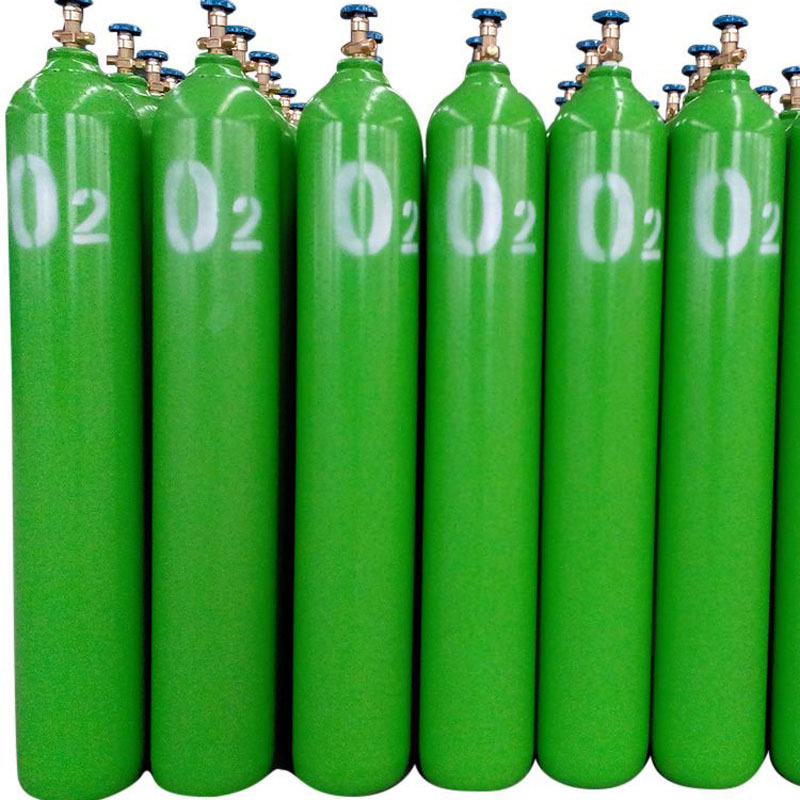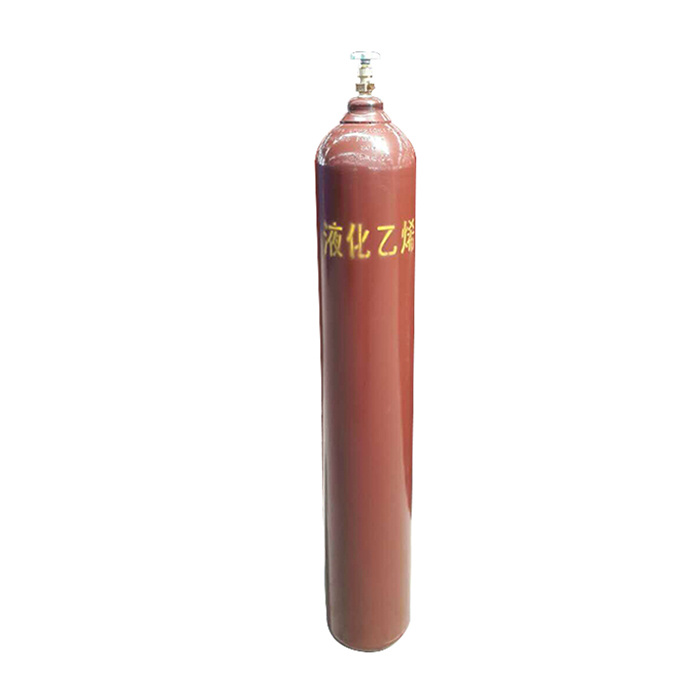High Quality High Purity Carbon Tetrafluoride Suppliers – Silane (SiH4) – Taiyu
High Quality High Purity Carbon Tetrafluoride Suppliers – Silane (SiH4) – Taiyu Detail:
Technical Parameters
|
Component |
99.9999% |
Unit |
|
Oxygen (Ar) |
≤0.1 |
ppmV |
|
Nitrogen |
≤0.1 |
ppmV |
|
Hydrogen |
≤20 |
ppmV |
|
Helium |
≤10 |
ppmV |
|
CO+CO2 |
≤0.1 |
ppmV |
|
THC |
≤0.1 |
ppmV |
|
Chlorosilanes |
≤0.1 |
ppmV |
|
Disiloxane |
≤0.1 |
ppmV |
|
Disilane |
≤0.1 |
ppmV |
|
Moisture (H2O) |
≤0.1 |
ppmV |
Silane is a compound of silicon and hydrogen. It is a general term for a series of compounds, including monosilane (SiH4), disilane (Si2H6) and some higher-level silicon-hydrogen compounds. Among them, monosilane is the most common, sometimes referred to as silane for short. Silane is a colorless gas with a disgusting smell of garlic. Soluble in water, almost insoluble in ethanol, ether, benzene, chloroform, silicon chloroform and silicon tetrachloride. The chemical properties of silanes are much more active than alkanes and are easily oxidized. Spontaneous combustion can occur when in contact with air. It does not react with nitrogen below 25°C, and does not react with hydrocarbon compounds at room temperature. Fire and explosion of silane are the result of reaction with oxygen. Silane is extremely sensitive to oxygen and air. Silane with a certain concentration will also react explosively with oxygen at a temperature of -180°C. Silane has become the most important special gas used in semiconductor microelectronics processes, and is used in the preparation of various microelectronic films, including single crystal films, microcrystalline, polycrystalline, silicon oxide, silicon nitride, and metal silicides. The microelectronic applications of silane are still developing in depth: low-temperature epitaxy, selective epitaxy, and heteroepitaxial epitaxy. Not only for silicon devices and silicon integrated circuits, but also for compound semiconductor devices (gallium arsenide, silicon carbide, etc.). It also has applications in the preparation of superlattice quantum well materials. It can be said that silane is used in almost all advanced integrated circuit production lines in modern times. The application of silane as a silicon-containing film and coating has expanded from the traditional microelectronics industry to various fields such as steel, machinery, chemicals and optics. Another potential application of silane is the manufacture of high-performance ceramic engine parts, especially the use of silane to manufacture silicide (Si3N4, SiC, etc.) micropowder technology has attracted more and more attention.
Application:
①Electronic:
Silane is applied to polycrystalline silicon layers on silicon wafers when manufacturing semiconductors, and sealants.
②Solar:
Silane is used in solar photovoltaic module manufacturing.
③Industrial:
It is used in Energy-saving Green Glass and applied to vapor deposition thin film process.
Normal package:
|
Product |
Silane SiH4 Liquid |
|
|
Package Size |
47Ltr Cylinder |
Y-440L |
|
Filling Net Weight/Cyl |
10Kgs |
125Kgs |
|
QTY Loaded in 20’Container |
250 Cyls |
8Cyls |
|
Total Net Weight |
2.5 Tons |
1 ton |
|
Cylinder Tare Weight |
52Kgs |
680Kgs |
|
Valve |
CGA632/DISS632 |
|
Advantage:
①More than ten years on the market;
②ISO certificate manufacturer;
③Fast delivery;
④Stable raw material source;
⑤On-line analysis system for quality control in every step;
⑥High requirement and meticulous process for handling cylinder before filling;
⑦Purity: high purity electronic grade;
⑧Usage: solar cell materials; making high purity polysilicon, silicon oxide and optical fiber; colored glass manufacturing.
Product detail pictures:
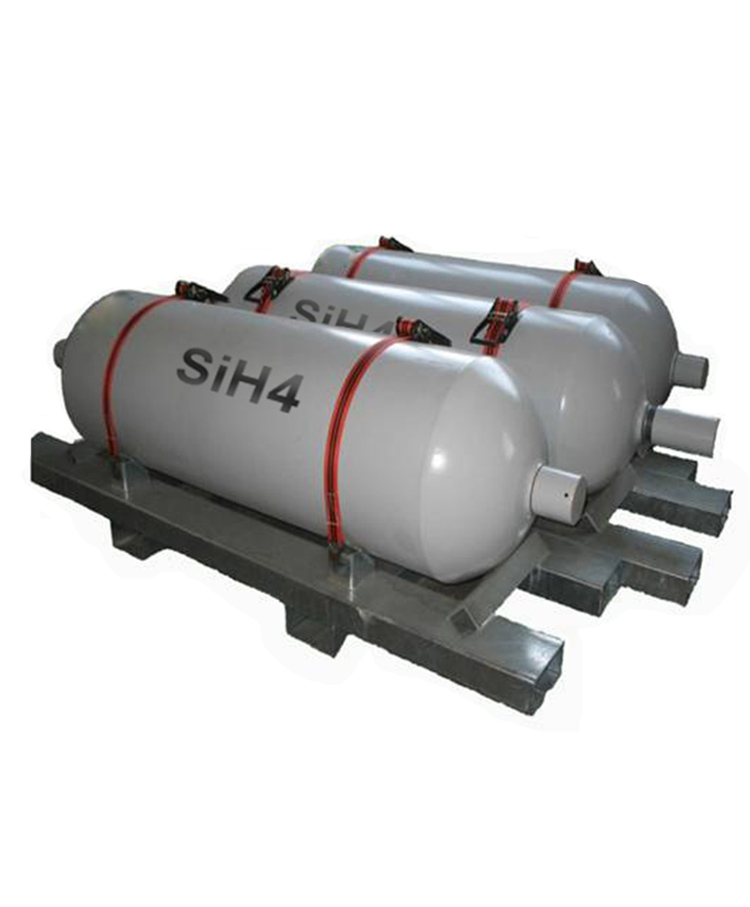
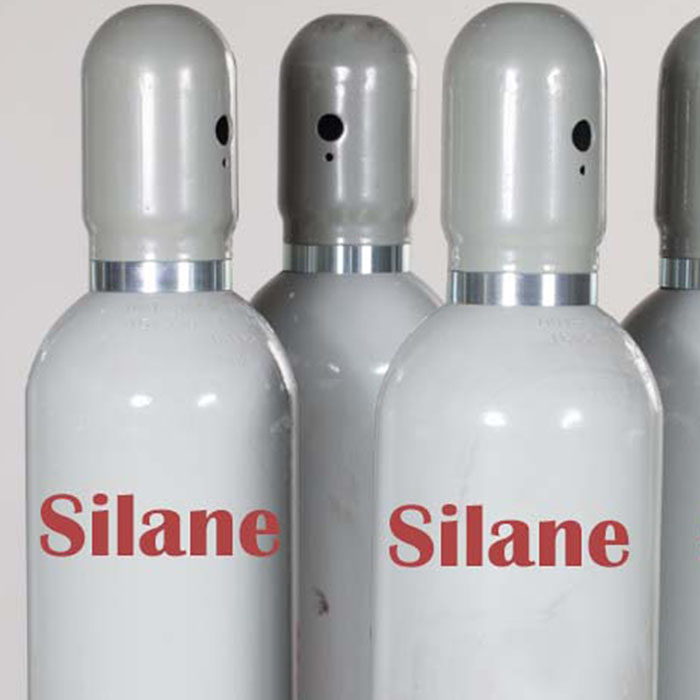
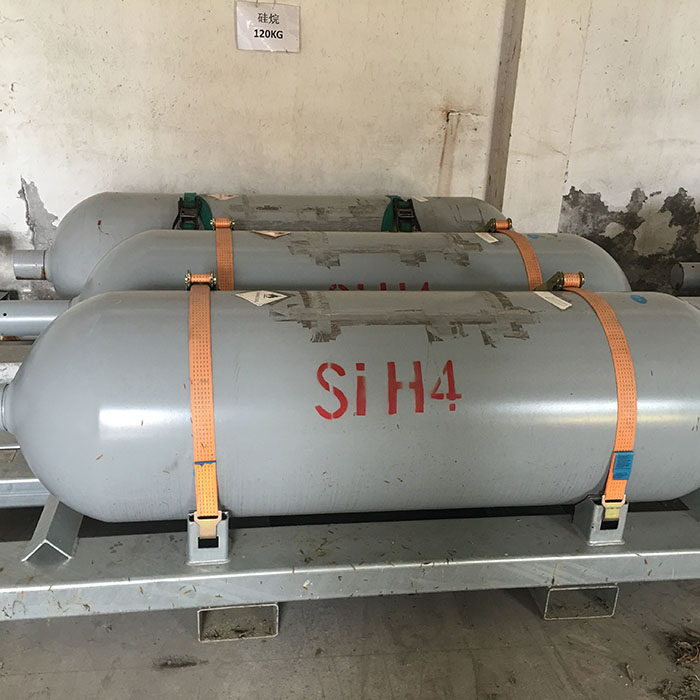
Related Product Guide:
Having a sound small business credit score, outstanding after-sales services and modern manufacturing facilities, we've got earned an fantastic reputation among our buyers across the globe for High Quality High Purity Carbon Tetrafluoride Suppliers – Silane (SiH4) – Taiyu , The product will supply to all over the world, such as: Irish, Comoros, Seychelles, Due to our good products and services, we have received good reputation and credibility from local and international customers. If you need more information and are interested in any of our products, please feel free to contact us. We look forward to becoming your supplier in the near future.
The product classification is very detailed that can be very accurate to meet our demand, a professional wholesaler.
Products categories
-

Phone
-

E-mail
-

Whatsapp
-

Top









